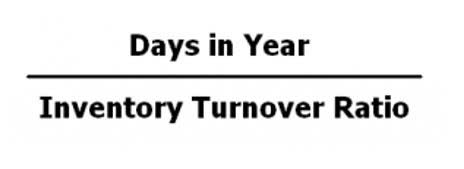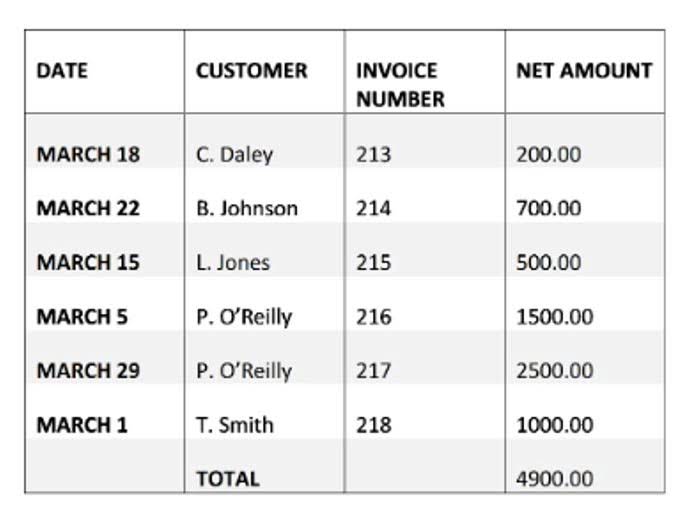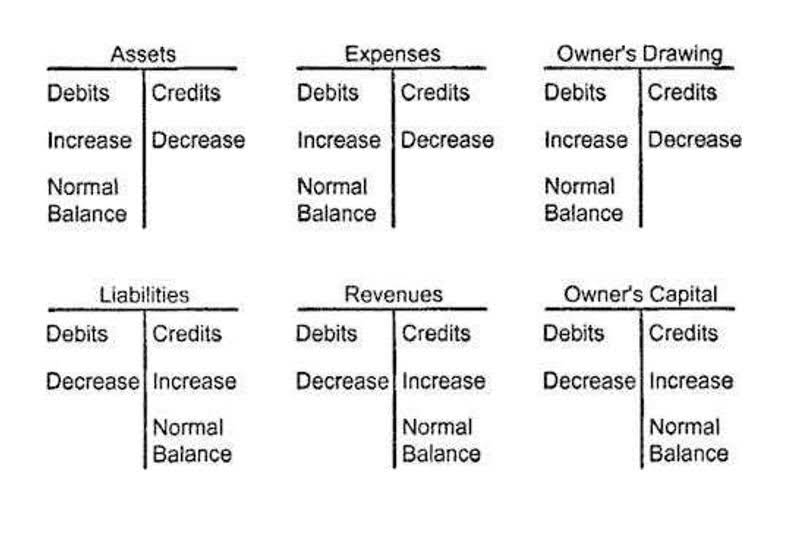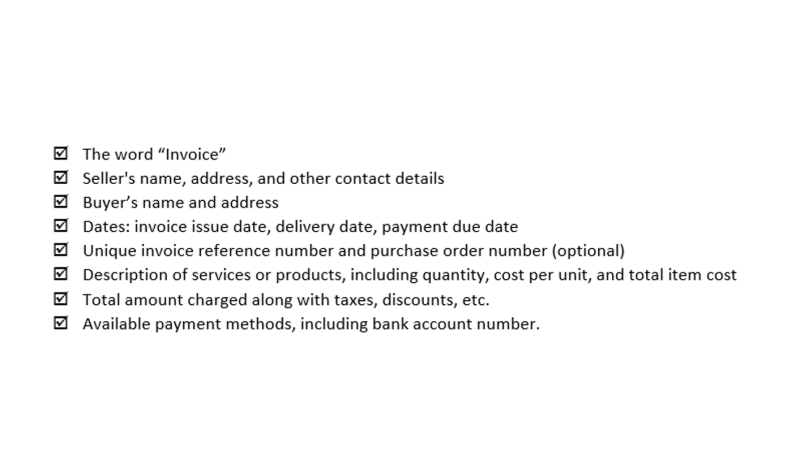
While the conventional income statement has its uses for external reporting functions, it is not as effective when used for internal reporting purposes. Traditional income statements do not differentiate between fixed and variable costs. The cost breakdowns shown in the contribution format income statements enable managers to see where they can control costs, make more-effective plans and reach critical decisions. For instance, XYZ Widgets Inc. can use the contribution format income statement to determine if most of their costs come from fixed or variable sources and how to reduce those costs.
- Cost volume profit analysis requires a contribution margin format income statement.
- For Media Masters in Exhibit 5-2, the total divisional segment margin is $75,000.
- In summary, variable costs go up and down depending on the level of activity, whereas fixed costs will remain the same unless there is a “step cost situation”.
- Unlike variable revenue and variable costs, fixed costs are more difficult to allocate to segments since some fixed costs are generated by a particular segment and some fixed costs are common to all the segments.
Contribution Format Income Statement: Definition and Example
For instance, if the fixed-costs are extremely high, the company must manufacture and Insurance Accounting sell many more units to cover both of the fixed and variable-costs. Thus, only a percentage of the additional revenues go toward paying for the fixed-costs. Media Masters is a rapidly growing social media game development company. The company’s programmers develop online games for social media applications and cell phones.

Download Contribution Format Income Statement Template
In summary, variable costs go up and down depending on the level of activity, whereas fixed costs will remain the same unless there is a “step cost situation”. There are three primary benefits to the preparation of a contribution income statement. The arrangement of the data lends itself well to various types of analysis, since it is simpler to determine the relationship between cost, volume of production, and the profit generated from that production. Since the data is arranged on the basis of behavior, this form of income statement is also helpful in assessing departmental performance overall and the quality of leadership provided by a departmental manager.
The Power of Contribution Format Income Statements: A Comprehensive Guide

Contribution margin can be expressed in a number of different ways, including per unit and as a percentage of sales (called the contribution margin ratio). In the contribution margin income statement, we calculate total contribution margin by subtracting variable costs from sales. The contribution margin income statement is how you report each product’s contribution assets = liabilities + equity margin—a key part of smart operating expense planning.

- The difference is that this profit and loss statement separates the variable and fixed expenses involved in running a business.
- The “total income before tax” line on the contribution format income statement is the difference between the contribution margin and fixed costs.
- Before diving deeper, it’s important to clearly understand fixed and variable costs.
- Segmented income reporting traces sales revenue, variable costs, and fixed costs to the organizational segments responsible for generating the sales revenue or costs.
- The contribution margin income statement is a special format of the income statement that focuses on bifurcated expenses for better understanding.
- The contribution format income statement calculates net income by subtracting estimated taxes from total income before tax.
Throw out what you know about the traditional income statement when doing the contribution margin income statement. This covers the product costs, but remember we must include all the variable costs. Although there are different formats to obtain the company’s financial year results, this is a particular format to separate variable and fixed costs. The separation of variable and fixed costs is important because it will allow a clearer determination of the relationship between income/expenditure and profit. In the simplest terms, contribution margin income statement the contribution margin is the amount left over after deducting variable costs from revenue. This figure reveals how much is left to cover fixed expenses and contribute to profit.
- What’s left in the contribution margin covers Fixed Costs and remains in the Net Profit / Loss.
- The fixed-costs would still remain, however, creating a loss for the year.
- There are several types of income statement formats available, which can be used to present this information in different ways.
- A contribution margin income statement is a document that tallies all of a company’s products and varying contribution margins together, helping leaders understand whether the company is profitable.
- The fixed production costs were $3,000, and fixed selling and administrative costs were $50,000.
Practice Video Problem 5-1 Part 2: Segment cost volume profit analysis LO6

Segmented income statements allocate revenue and cost to the identified segments within an organization and report the profitability of each segment. While it’s not a replacement for traditional financial statements, the contribution format offers valuable complementary information that can drive more informed decision-making. From product line analysis to pricing strategies and resource allocation, the insights gained from this approach can help businesses optimize their operations and boost their bottom line. These costs don’t fluctuate with the level of production or sales an item makes—which is why they’re sometimes called fixed production costs. No matter how much a company sells, the office rent still needs to be paid—so this is a fixed cost.

